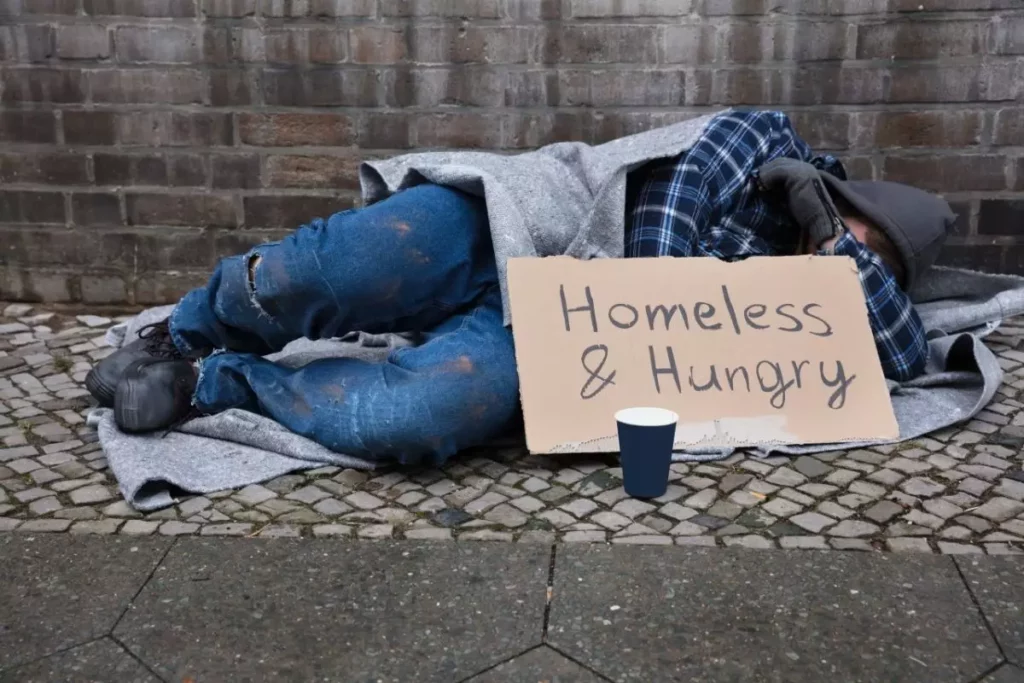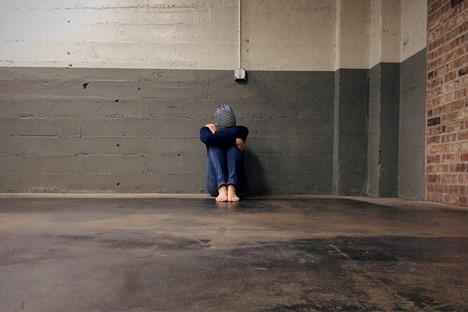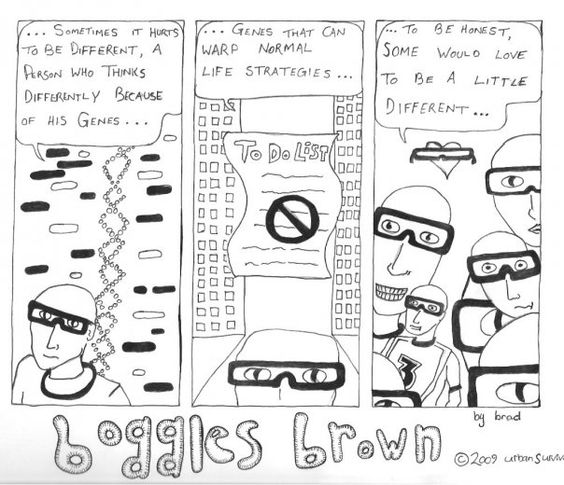I Need a Safe Place to Sleep Tonight
Safe, emergency shelters are available to people (19+ years old) who are currently homeless or at-risk of becoming homeless. We offer two locations: Hyland House in Newton and Bill Reid Place in Cloverdale. The shelters offer additional support for improving life skills, finding employment and/or housing, managing a home, integrating into the community and budgeting.
» Hyland House
6595 King George Blvd.
Surrey, BC V3W 4Z4
Hyland House is a 35-bed shelter for men and women with single rooms, shower and laundry facilities and meals are provided. The facility is wheelchair accessible. There are 20 self-contained transitional houses for longer stays. For more information, please contact us at 604.599.8900.
» Bill Reid Place
17752 Colebrook Road
Surrey, BC V3S 0L5
Bill Reid Place is a 16-bed shelter with 12 bachelor transition housing units, shower and laundry facilities and meals are provided. The facility is pet-friendly. Form more information, please contact us at 604.574.4341.
» Extreme Weather Response
Dangerous, severe weather can be life-threatening if you are homeless. We offer response to Extreme Weather Alerts in Surrey, White Rock or Delta.
I Need Assistance with Housing Subsidy
You may be eligible for a short term rental subsidy, please connect with us at 604.590.7368 or housing.registry@options.bc.ca.
I Need Transition Housing
You may qualify for assistance from the Supported Housing program if you require additional support through an extended stay. This 32-unit Supported Housing component can help you achieve and maintain independence. Rent costs are based on current income and length of stay depends on ability to secure and maintain independence.
I Need Other Housing Outreach Support
If you are currently living on the street or are at-risk of homelessness, Outreach Workers are available to help you find housing, health and income support services. To get in touch with our Mobile Outreach Team please contact them at 604.765.6751 or hylandoutreach@options.bc.ca.
Other community resources are provided in our Surrey Survival Guide. It is in booklet format and available for download here. We make every effort to ensure the information is up-to-date. If you are aware of more current information, please notify us by email or call 604.596.4321.
I Want to See This Program Help More People
We want to assist those living on the street and people at-risk of homelessness the best we can. In order to do that, we need support from you! Please consider donating to our Shelter Services programs.
Our Shelter Services programs are always in need of items such as: gift cards, gloves, hats, shoes, socks, backpacks, jackets, blankets, water and everyday personal hygiene items. If you are able to provide any of these items, please contact our Hyland House for drop-off instructions. Call 604.599.8900.
Eligibility Criteria
For adults (19+ years old) who are in need of emergency shelter. Contact 604.599.8900.
Can you access the program directly?
Yes. You may access the program directly.
Referrals are also accepted from – but not limited to, the Ministry of Human Resources, Mental Health Centers, RCMP and other community agencies.
Other referral options
You may access the program directly.
Referrals are also accepted from – but not limited to, the Ministry of Human Resources, Mental Health Centers, RCMP and other community agencies.
Other Information
Volunteers Needed
Currently we are looking for volunteers to help support our shelters. For more information please click here.
Contact(s)
Bruce Strom
Senior Program Manager
604.599.8900 | bruce.strom@options.bc.ca
Originally Published on this website for Shelters and Housing Services










